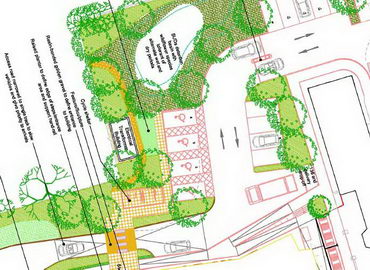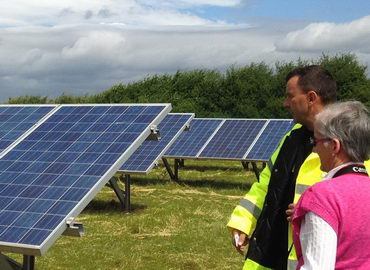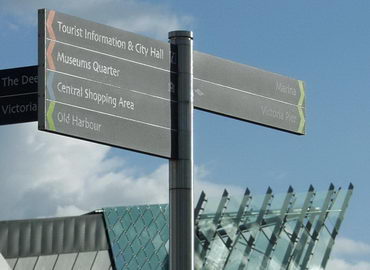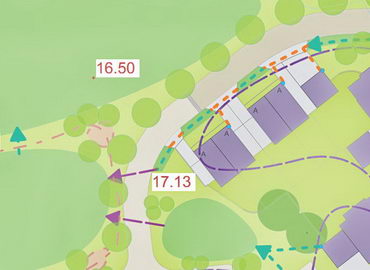What is Landscape and Visual Assessment?
Landscape and Visual Assessment is an integral component of development planning and the foundation of sensitive and appropriate design. As well as being our principal input into the Environmental Impact Assessment process, it can equally have a significant role in Planning Applications and in the preparation and presentation of Proofs of Evidence for Public Inquiries.
What types of Landscape reports are there?
LVIA
Landscape and Visual Impact Assessment (LVIA) is the process of evaluating the landscape and visual effects of a development proposal, as a component of a multi-topic Environmental Impact Assessment (EIA). EIA is required to accompany planning applications for developments with significant environmental effects.
There is an important distinction between visual effects (upon various types of human 'receptors' e.g. residential/recreational) and effects upon the landscape resource (which occur whether or not anyone can see them).
LVA
Even when a project does not require a full Environmental Impact Assessment, it may still need a Landscape and Visual Appraisal (LVA) to explain its effects on the landscape and visual resource, particularly where issues of landscape character and quality are important elements of a planning application - for example, a development in an Area of High Landscape Value or of particular urban or rural character.
TCA
Townscape Character Assessment (TCA) is particular to "the landscape within the built-up area, including the buildings, the relationship between them, the different types of urban open spaces, including green spaces and the relationship between buildings and open spaces" (from GLVIA3).
LCA
Landscape Character Assessment (LCA) is a methodology within landscape assessment which identifies the distinctive qualities of a landscape or landscape areas. LVIAs/LVAs take into account published Landscape Character Assessments. Character Assessment of a large area can be used to evaluate the most appropriate location for development - for example, siting a power station, or routeing of a power line or highway.
ECA
Environmental Colour Assessment (ECA) is a study undertaken to establish the naturally occurring colours within a landscape or townscape. It can contribute to an LVIA/LCA/TCA, or be a standalone assessment.
At a site level, we use landscape assessment techniques to identify and record the positive and negative features of the site (eg character, enclosure, openness, topography, vegetation, environmental qualities). The assessment then informs the design process, to maximise the site's assets and opportunities, and to integrate the proposal within its wider setting.
Why 2B?
Chartered Professionals
All senior members of the team are Chartered Members of the Landscape Institute (CMLI). We ensure we keep up to date with industry developments and guidance - as noted below, we wrote some of it! All of 2B's LVIA, and related, work is carried out in accordance with Guidelines for Landscape and Visual Impact Assessment, GLVIA3. This means you can be assured that an LVIA produced by 2B will be carried out by Chartered Landscape Architects, correctly implemented and in accordance with best practice. We pride ourselves on providing objective analysis within our reports, which Planning Authorities can respect and which will withstand scrutiny at Inquiry, if an application has to be taken to appeal.
Industry expert
As part of the Landscape Institute's Technical Committee, Bill Blackledge has had a role in reviewing the latest industry guidance (GLVIA3) and has led the production of the Landscape Institute's Technical Guidance Note TGN 06/19 - Visualisation of Development Proposals.
Bill has also acted as a landscape expert witness at planning appeals.
The job was always done with good humour. Decisions requested were packaged with alternatives and advice. Information was supplied by return. Excellent service. I would be delighted at any time to supply a reference, should that be necessary. With renewed thanks and best wishes.








